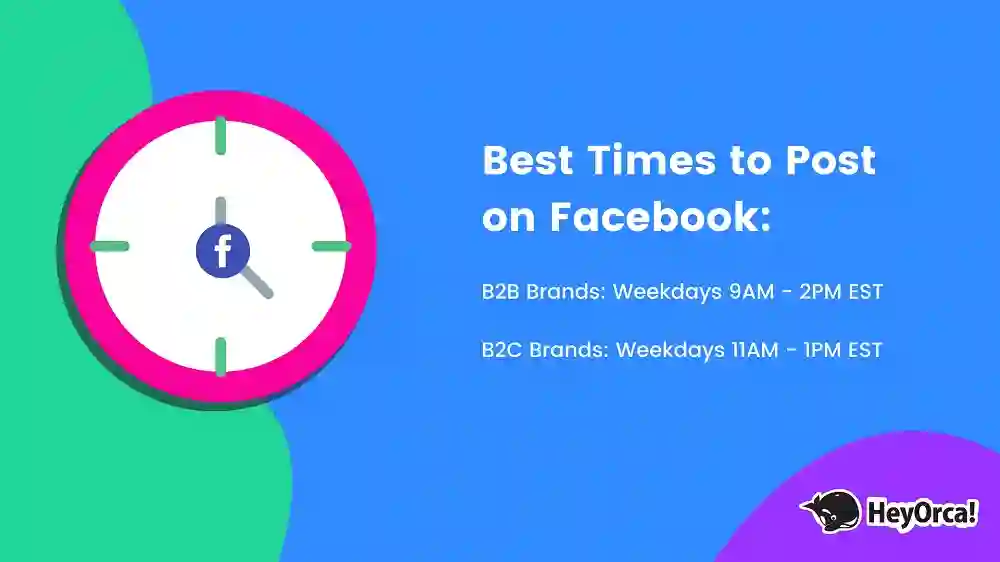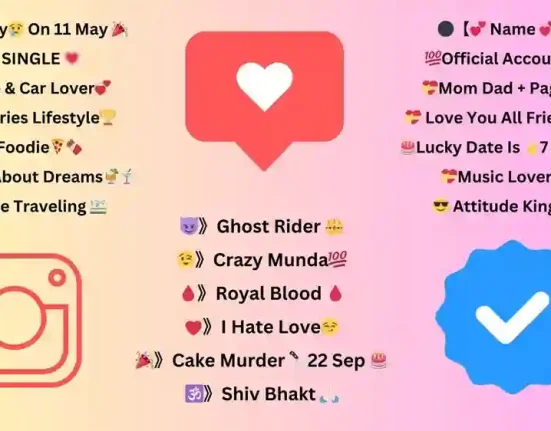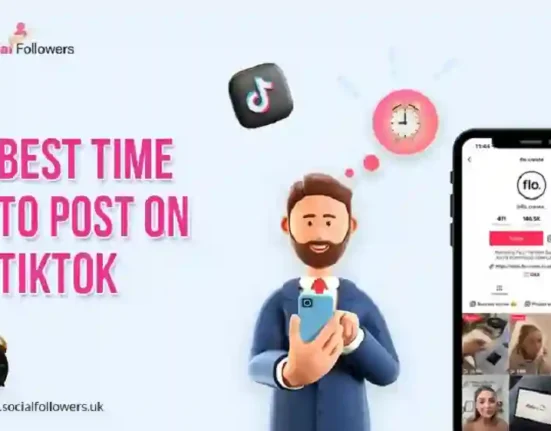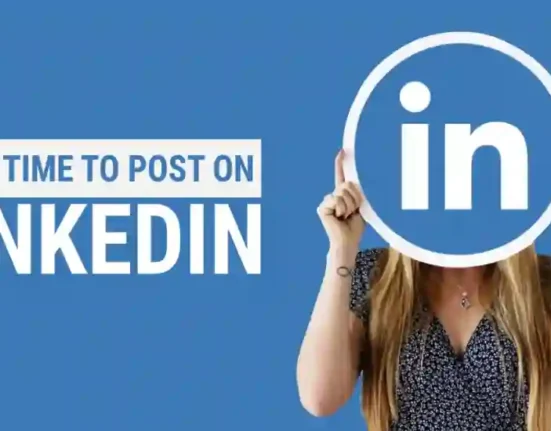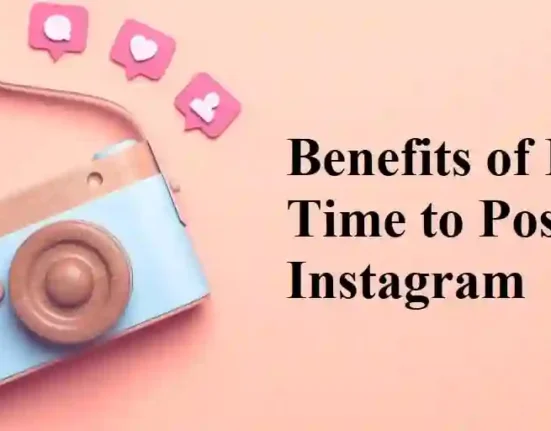In the dynamic world of social media, the timing of your Facebook posts can significantly impact their reach, engagement, and overall effectiveness. Crafting a strategy for effective Facebook posting is both an art and a science. It involves understanding your audience, the platform’s algorithm, and the ever-evolving digital landscape. In this article, we’ll delve into the art of timing and provide insights into how to craft a strategic approach to your Facebook posting schedule.
The Crucial Role of Timing
Timing is crucial in the world of Facebook because it directly affects how your content is seen and interacted with by your audience. Here’s why it matters:
- Algorithm Optimization: Facebook uses a complex algorithm that prioritizes recent and engaging content. Posting at the right times can increase the likelihood of your posts appearing in users’ news feeds.
- Audience Availability: Your target audience is not always online. Understanding when your followers are most active ensures that your posts are seen by a larger portion of your audience.
- Competitive Edge: Facebook is a bustling platform with millions of posts competing for users’ attention. Posting at strategic times can help your content stand out amid the noise.
Crafting a Strategic Approach
To master the art of timing on Facebook, follow these key strategies:
1. Understand Your Audience:
Before you can effectively time your Facebook posts, you must understand your audience. Conduct audience research to determine when your followers are most active on the platform. Consider their time zones, demographics, and online behaviors. Facebook Insights provides valuable data on your audience’s activity patterns.
2. Segment Your Posting Schedule:
If your target audience spans multiple time zones, segment your posting schedule to cater to different regions. This ensures that your posts reach the right audience at the optimal times, regardless of their location.
3. Identify Peak Activity Times:
Every audience has peak activity times when users are most engaged on Facebook. These times are often during specific hours of the day when people take breaks, commute, or unwind. Identify these high-traffic periods and tailor your posting schedule accordingly.
4. Content Relevance:
Ensure that your content is relevant to the time of day and day of the week. For example, posting about morning routines in the evening may not be as effective as sharing them in the morning when people are getting ready for their day.
5. Consistency Matters:
Consistency in your posting schedule is essential for building trust and engagement with your audience. Maintain a regular posting schedule to keep your audience engaged and informed. Planning and scheduling your content in advance can help you achieve this consistency.
6. Experiment and Analyze:
Don’t be afraid to experiment with different posting times and days of the week. Analyze the performance of your posts to determine which times generate the highest engagement. Continually adjust your schedule based on these findings.
Best Times to Post on Facebook
While the optimal posting times can vary depending on your specific audience and niche, here are some general guidelines based on research and industry trends:
1. Weekdays:
- Early Morning (8-9 AM): Many users check their social media accounts shortly after waking up.
- Lunchtime (12-1 PM): A popular time for scrolling through social media during breaks.
- Late Afternoon (3-4 PM): People may engage with Facebook as the workday winds down.
2. Weekends:
- Saturday Mornings (9-10 AM): A relaxed time when people often catch up on social media.
- Sunday Evenings (7-8 PM): As the weekend comes to a close, users may spend time on Facebook.
Keep in mind that these are general recommendations, and the behavior of your specific audience may differ. Utilize analytics tools and experiment with different posting times to discover the most effective schedule for your unique audience.
Leveraging Scheduling Tools
To optimize your posting schedule, consider using scheduling tools or social media management platforms. These tools allow you to plan and schedule your content in advance, ensuring that your posts are published at the most opportune times, even when you’re not online.
Real-Time Engagement
While scheduling posts is valuable, real-time engagement should not be overlooked. Monitor your posts and actively respond to comments, messages, and interactions as they occur. Being present and responsive to your audience fosters a sense of community and connection.
Conclusion
The art of timing on Facebook is a strategic endeavor that involves understanding your audience, segmenting your posting schedule, identifying peak activity times, ensuring content relevance, maintaining consistency, experimenting, and utilizing scheduling tools. By crafting a well-timed posting strategy, you can maximize the reach and engagement of your content on Facebook.
Remember that the art of timing is not static; it requires ongoing monitoring, analysis, and adaptation. By continually refining your posting schedule and content strategy based on audience behavior and platform algorithms, you can enhance your visibility, engagement, and success on Facebook. Mastering the art of timing is a valuable skill that can help you connect with your audience, build a loyal following, and achieve your goals in the ever-evolving world of social media.



